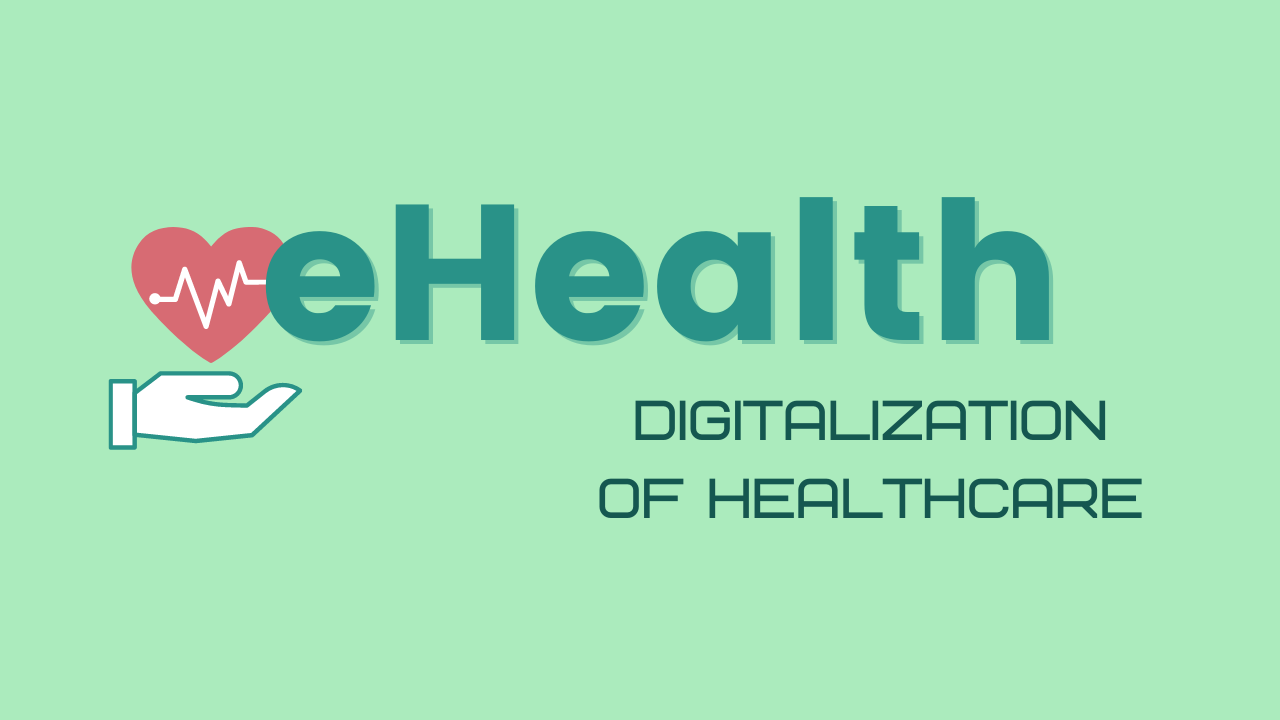
eHealth
Overview
eHealth, also known as digital wellness or healthcare technology, refers back to the utilization of electronic conversation and information technological know-how during the healthcare industry. It encompasses a variety of technologies and purposes targeted at enhancing the performance, efficiency, and quality of Health care delivery.
Aims of eHealth
The key targets of eHealth might be summarized as follows:
Improved Use of Healthcare: By leveraging electronic systems including telemedicine and distant affected person checking, eHealth aims to improve entry to Health care providers for people living in remote areas or with constrained mobility.
Increased High quality of Treatment: Via equipment like Digital well being data (EHRs) and scientific choice assist systems (CDSS), eHealth seeks to boost the caliber of treatment by facilitating accurate and timely facts Trade among healthcare pros.
Individual Empowerment: By furnishing patients with entry to their health care data, individualized health applications, and on-line educational assets, eHealth empowers persons to choose an Lively role in managing their unique wellbeing.
Price tag Performance: Employing electronic platforms may help cut down administrative costs associated with paper-primarily based techniques although enabling productive coordination amongst diverse stakeholders in the healthcare ecosystem.
Critical Apps of eHealth
Various crucial applications contribute to achieving the targets outlined earlier mentioned:
Electronic Wellness Records (EHRs):
EHRs are electronic variations of clients' health care records that can be conveniently accessed by approved healthcare vendors involved with a patient's treatment. They supply a comprehensive check out of the client's clinical background, lab results, remedies prescribed, allergic reactions, along with other relevant scientific knowledge.
Telemedicine:
Telemedicine requires delivering Health care remotely through movie conferencing or telephone phone calls. It enables doctors to consult with people who are not able to physically check out hospitals or clinics because of geographical constraints or mobility difficulties.
Cellular Health (mHealth) Apps:
mHealth applications are smartphone programs that deliver a variety of healthcare companies, such as tracking critical indications, reminding patients to just take medications, giving access to health and fitness education and learning resources, and facilitating interaction with Health care suppliers.
Distant Affected person Monitoring (RPM):
RPM will allow healthcare specialists to watch a affected individual's important symptoms and other overall health parameters remotely applying wearable devices or sensors. This enables early detection of health problems and timely interventions.
Wellbeing Information Exchange (HIE):
HIE requires the safe sharing of client details across distinct healthcare businesses, guaranteeing seamless coordination and continuity of treatment among suppliers in several options.
Medical Determination Assist Programs (CDSS):
CDSS leverage synthetic intelligence algorithms to research clinical facts and support Health care pros in building proof-based mostly choices relating to diagnosis, treatment programs, drug interactions, and even more.
Well being Wearables:
These are typically wearable units like Health trackers or smartwatches that will gather physiological information on somebody's work out routines, heart rate styles, snooze good quality, and even more.
Benefits of eHealth
The adoption of eHealth features various Added benefits for equally men and women and the overall Health care technique:
Improved Performance: eHealth streamlines administrative duties by decreasing paperwork and enabling the Digital exchange of data between stakeholders associated with affected individual care.
Increased Conversation: Electronic overall health tools aid productive conversation between people and their Health care providers even though also advertising collaboration among unique specialists linked to a affected person's treatment method strategy.
Usage of Specialized Care: Telemedicine will allow individuals residing in distant areas or underserved communities to consult with professional Medical doctors who will not be bodily present nearby.
Timely Interventions: By distant monitoring techniques or cell applications that offer alerts or reminders for medication adherence or observe-up appointments, eHealth helps avoid difficulties by facilitating early interventions.
Enhanced Patient Outcomes: By offering practical use of medical info on the internet as well as personalised wellbeing steerage, eHealth empowers patients to actively engage in their very own healthcare and handle Persistent situations properly.
Troubles and Problems
When the implementation of eHealth includes many benefits, Additionally, it offers issues and issues that must be tackled:
Privacy and Protection: Guarding affected individual knowledge from unauthorized access is a significant worry from the electronic overall health landscape. Strong stability actions, compliant with pertinent privacy laws, has to be implemented to make certain knowledge confidentiality.
Interoperability: Diverse healthcare techniques and purposes might not constantly seamlessly communicate with each other as a result of not enough interoperability specifications. Ensuring productive Trade of knowledge throughout platforms is critical for comprehensive affected individual care.
Electronic Divide: Not Absolutely everyone has equivalent entry to electronic systems or possesses the necessary digital literacy skills required for working with eHealth resources effectively. Bridging the digital divide results in being essential to guarantee equitable use of healthcare companies.
Regulatory Compliance: The dynamic character of technology frequently surpasses present regulatory frameworks. To totally leverage the advantages of eHealth whilst safeguarding affected person rights, regulations need to maintain tempo with technological breakthroughs with no stifling innovation.
Conclusion
eHealth performs a pivotal role in modernizing Health care shipping and delivery by harnessing technology for improved access, high-quality of treatment, client empowerment, and value effectiveness. The read more prevalent adoption of electronic communication applications, telemedicine solutions, mobile health apps, remote monitoring units, along with other progressive solutions contributes in direction of a far more linked and patient-centered approach to healthcare provision. Even so, addressing difficulties relevant to privateness security, interoperability specifications compliance bridging inequality gaps in World-wide-web accessibility are important methods towards acquiring the entire likely of eHealth.